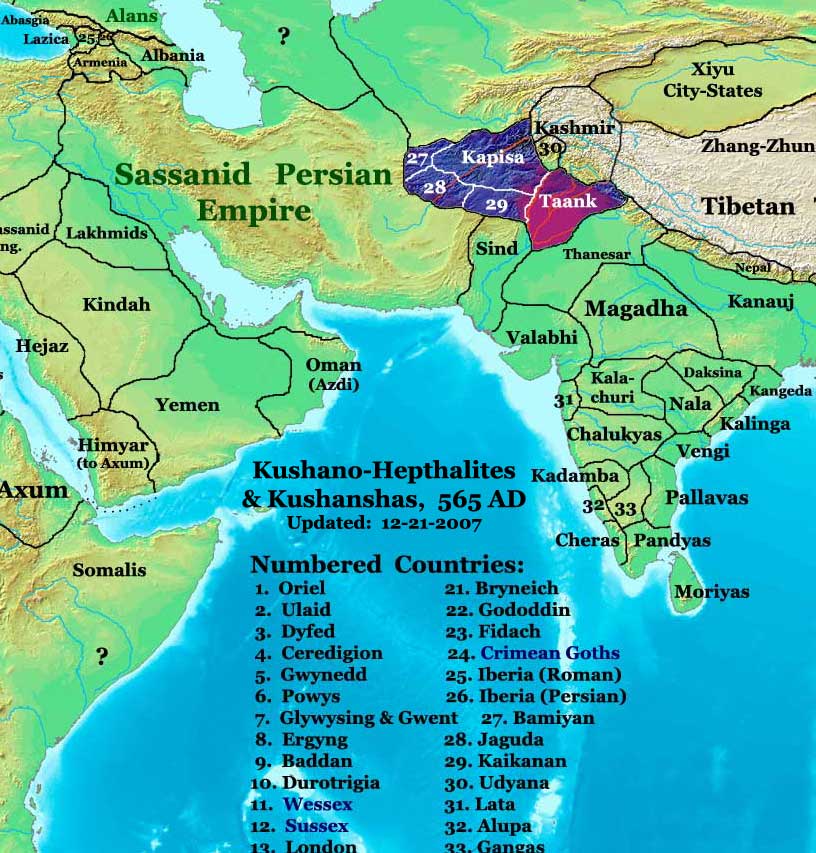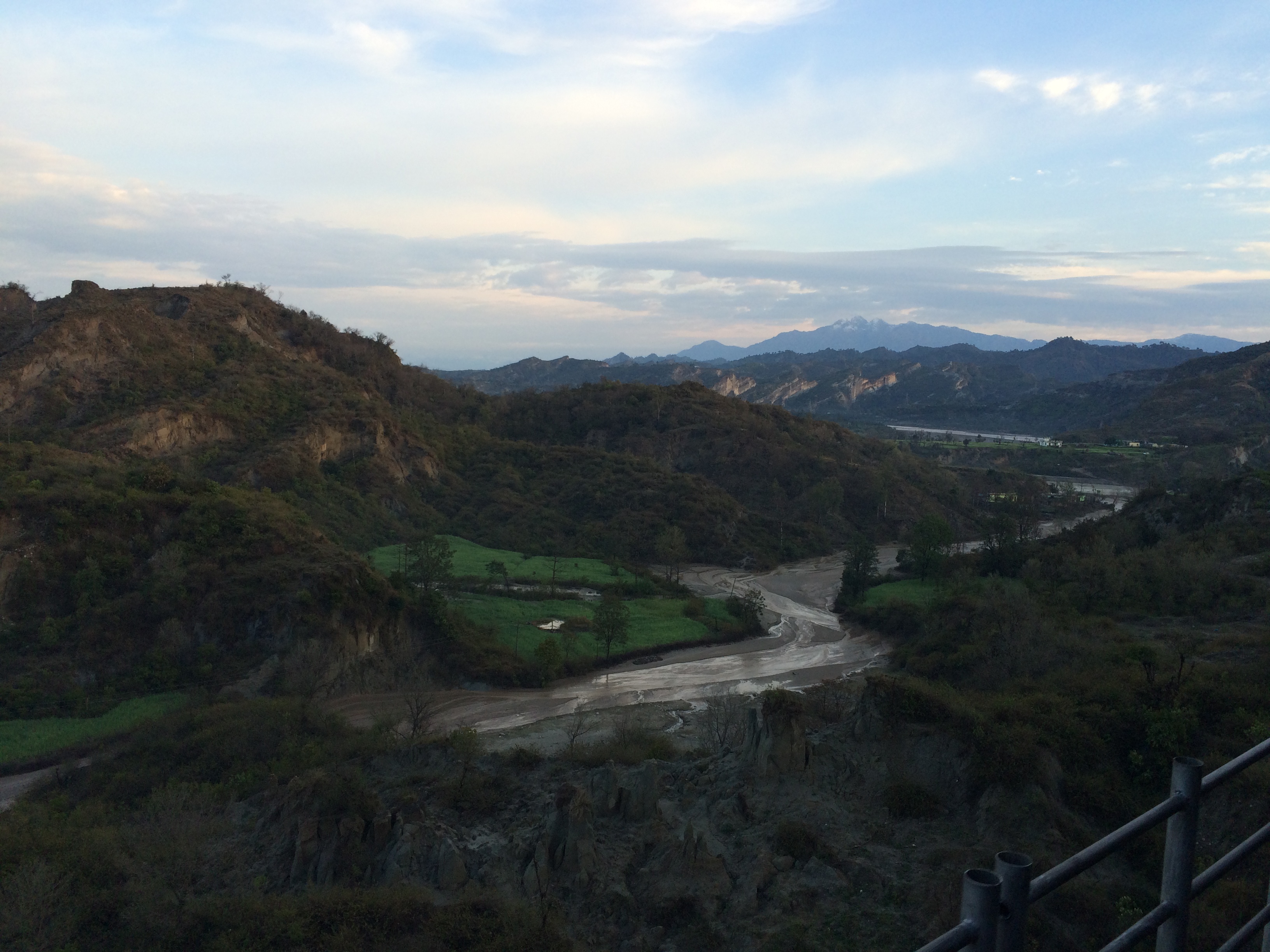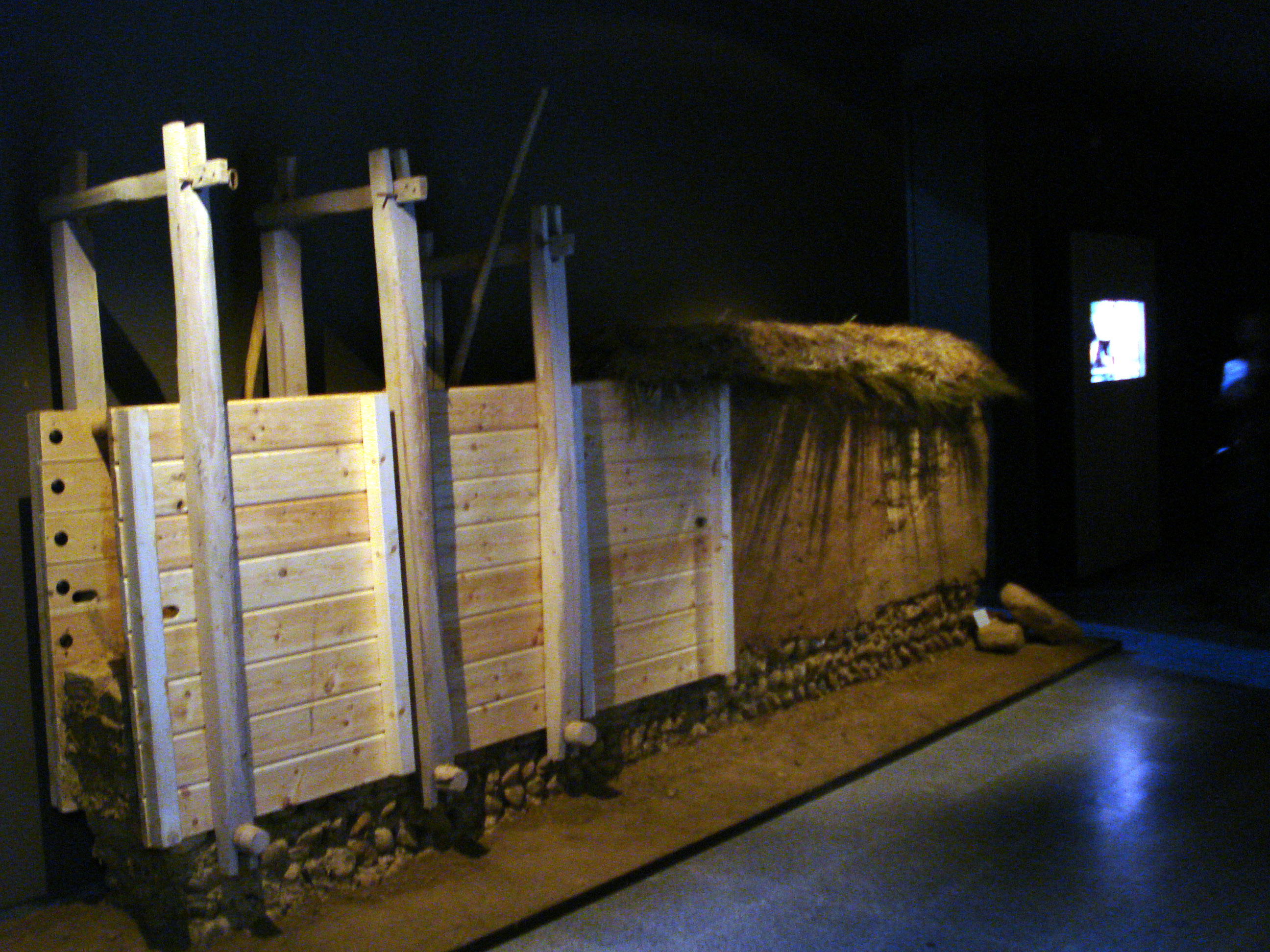|
Chiktan
Chiktan or Chigtan () is a village in Kargil district, Ladakh, India. It is also the joint headquarters of the Shakar-Chiktan tehsil. It is situated on the right bank of the Sangeluma river (also called Kanji River), a tributary of the Indus River, which it joins near Sanjak opposite the village of Dah. Chiktan was the capital of the Cig-tan principality of Ladakh for several centuries. The Chiktan Fort, also known as Chiktan Khar, is a fort above the Chiktan village. History Tibetologist A. H. Francke, who translated the ''Ladakh Chronicles'', states that there were only two principalities in Purig (the northern Kargil district), in historical times, based at Chiktan and Kartse (Sankoo) respectively. That would imply that Chiktan controlled the major part of the Wakha Rong valley, possibly up to Pashkum. North of the Srinagar-Leh Highway lie the ruins of Chiktan fortress, said to be taller and older than Leh Palace. Tahtah Khan, a prince of Baltistan, began its construct ... [...More Info...] [...Related Items...] OR: [Wikipedia] [Google] [Baidu] |
Purig
Kargil district is a district in Indian-administered Ladakh in the disputed Kashmir-region,The application of the term "administered" to the various regions of Kashmir and a mention of the Kashmir dispute is supported by the tertiary sources (a) through (e), reflecting due weight in the coverage. Although "controlled" and "held" are also applied neutrally to the names of the disputants or to the regions administered by them, as evidenced in sources (h) through (i) below, "held" is also considered politicised usage, as is the term "occupied," (see (j) below). (a) (subscription required) Quote: "Kashmir, region of the northwestern Indian subcontinent ... has been the subject of dispute between India and Pakistan since the partition of the Indian subcontinent in 1947. The northern and western portions are administered by Pakistan and comprise three areas: Azad Kashmir, Gilgit, and Baltistan, the last two being part of a territory called the Northern Areas. Administered by Ind ... [...More Info...] [...Related Items...] OR: [Wikipedia] [Google] [Baidu] |
Kargil District
Kargil district is a district in Indian-administered Ladakh in the Kashmir#Dispute, disputed Kashmir-region,The application of the term "administered" to the various regions of Kashmir and a mention of the Kashmir dispute is supported by the WP:TERTIARY, tertiary sources (a) through (e), reflecting WP:DUE, due weight in the coverage. Although "controlled" and "held" are also applied neutrally to the names of the disputants or to the regions administered by them, as evidenced in sources (h) through (i) below, "held" is also considered politicised usage, as is the term "occupied," (see (j) below). (a) (subscription required) Quote: "Kashmir, region of the northwestern Indian subcontinent ... has been the subject of dispute between India and Pakistan since the partition of the Indian subcontinent in 1947. The northern and western portions are administered by Pakistan and comprise three areas: Azad Kashmir, Gilgit, and Baltistan, the last two being part of a territory called the ... [...More Info...] [...Related Items...] OR: [Wikipedia] [Google] [Baidu] |
Wakha Rong
Kargil district is a district in Indian-administered Ladakh in the disputed Kashmir-region,The application of the term "administered" to the various regions of Kashmir and a mention of the Kashmir dispute is supported by the tertiary sources (a) through (e), reflecting due weight in the coverage. Although "controlled" and "held" are also applied neutrally to the names of the disputants or to the regions administered by them, as evidenced in sources (h) through (i) below, "held" is also considered politicised usage, as is the term "occupied," (see (j) below). (a) (subscription required) Quote: "Kashmir, region of the northwestern Indian subcontinent ... has been the subject of dispute between India and Pakistan since the partition of the Indian subcontinent in 1947. The northern and western portions are administered by Pakistan and comprise three areas: Azad Kashmir, Gilgit, and Baltistan, the last two being part of a territory called the Northern Areas. Administered by Ind ... [...More Info...] [...Related Items...] OR: [Wikipedia] [Google] [Baidu] |
Sankoo
Sankoo () is a town in a valley within the Kargil district of the Union Territory of Ladakh, India. This township is located approximately 42 kilometers south of the town of Kargil Kargil or Kargyil is a City in Indian-administered Ladakh in the disputed Kashmir region. The application of the term "administered" to the various regions of Kashmir and a mention of the Kashmir dispute is supported by the WP:TERTIARY, tert .... The valley is shaped like a bowl and is fed by several large tributary streams of the Suru River, as well as the Nakpochu river. Administration Sankoo constitutes a sub-division within the esteemed jurisdiction of District Kargil.The administration of the sub-division is under the jurisdiction of the Sub Divisional Magistrate (SDM). Subdivisions are further divided into tehsils, which are administrative units responsible for revenue collection and other related matters. Each tehsil is headed by a Tehsildar. Within the Sankoo region, there exists a sin ... [...More Info...] [...Related Items...] OR: [Wikipedia] [Google] [Baidu] |
Ladakh, India
Ladakh () is a region administered by India as a union territory and constitutes an eastern portion of the larger Kashmir region that has been the subject of a dispute between India and Pakistan since 1947 and India and China since 1959.The application of the term "administered" to the various regions of Kashmir and a mention of the Kashmir dispute is supported by the tertiary sources (a) through (e), reflecting due weight in the coverage. Although "controlled" and "held" are also applied neutrally to the names of the disputants or to the regions administered by them, as evidenced in sources (h) through (i) below, "held" is also considered politicised usage, as is the term "occupied", (see (j) below). (a) (subscription required) Quote: "Kashmir, region of the northwestern Indian subcontinent ... has been the subject of dispute between India and Pakistan since the partition of the Indian subcontinent in 1947. The northern and western portions are administered by Pakistan and ... [...More Info...] [...Related Items...] OR: [Wikipedia] [Google] [Baidu] |
Forts In Jammu And Kashmir
A fortification (also called a fort, fortress, fastness, or stronghold) is a military construction designed for the defense of territories in warfare, and is used to establish rule in a region during peacetime. The term is derived from Latin ("strong") and ("to make"). From very early history to modern times, defensive walls have often been necessary for cities to survive in an ever-changing world of invasion and conquest. Some settlements in the Indus Valley Civilization were the first small cities to be fortified. In ancient Greece, large cyclopean stone walls fitted without mortar had been built in Mycenaean Greece, such as the ancient site of Mycenae. A Greek '' phrourion'' was a fortified collection of buildings used as a military garrison, and is the equivalent of the Roman castellum or fortress. These constructions mainly served the purpose of a watch tower, to guard certain roads, passes, and borders. Though smaller than a real fortress, they acted as a border gu ... [...More Info...] [...Related Items...] OR: [Wikipedia] [Google] [Baidu] |
Jammu
Jammu () is a city in Indian-administered Jammu and Kashmir (union territory), Jammu and Kashmir in the disputed Kashmir region.The application of the term "administered" to the various regions of Kashmir and a mention of the Kashmir dispute is supported by the WP:TERTIARY, tertiary sources (a) through (d), reflecting WP:DUE, due weight in the coverage. Although "controlled" and "held" are also applied neutrally to the names of the disputants or to the regions administered by them, as evidenced in sources (f) through (h) below, "held" is also considered politicised usage, as is the term "occupied," (see (i) below). (a) (subscription required) Quote: "Kashmir, region of the northwestern Indian subcontinent ... has been the subject of dispute between India and Pakistan since the partition of the Indian subcontinent in 1947. The northern and western portions are administered by Pakistan and comprise three areas: Azad Kashmir, Gilgit, and Baltistan, the last two being part of a ... [...More Info...] [...Related Items...] OR: [Wikipedia] [Google] [Baidu] |
Dogra State
The Dogra dynasty of Dogra Rajputs from the Shivalik hills created Jammu and Kashmir through the treaties with the East India Company following the First Anglo-Sikh war. Events led the Sikh Empire to recognise Jammu as a vassal state in 1820, and later the British added Kashmir to Jammu with the Treaty of Amritsar in 1846. The founder of the dynasty, Gulab Singh, was an influential noble in the court of the Sikh emperor Maharaja Ranjit Singh, while his brother Dhian Singh served as the prime minister of the Sikh Empire. Appointed by Ranjit Singh as the hereditary Raja of the Jammu principality, Gulab Singh established his supremacy over all the hill states surrounding the Kashmir Valley. After the First Anglo-Sikh War in 1846, under the terms of the Treaty of Lahore, 1846, the British East India Company acquired Kashmir from the Sikh Empire and transferred it to Gulab Singh, recognising him as an independent Maharaja. Thus, Jammu and Kashmir was established as one of the la ... [...More Info...] [...Related Items...] OR: [Wikipedia] [Google] [Baidu] |
Rammed Earth
Rammed earth is a technique for construction, constructing foundations, floors, and walls using compacted natural raw materials such as soil, earth, chalk, Lime (material), lime, or gravel. It is an ancient method that has been revived recently as a sustainability, sustainable building material, building method. Under its French name of pisé it is also a material for sculptures, usually small and made in Molding (process), molds. It has been especially used in Central Asia and Tibetan art, and sometimes in China. Edifices formed of rammed earth are found on every continent except Antarctica, in a range of environments including temperate, wet, semiarid desert, montane, and tropical regions. The availability of suitable soil and a architecture, building design appropriate for local climate, climatic conditions are two factors that make its use favourable. The French term "pisé de terre" or "terre pisé" was sometimes used in English for architectural uses, especially in the 19 ... [...More Info...] [...Related Items...] OR: [Wikipedia] [Google] [Baidu] |
Balti People
The Baltis are a Tibetic ethnic group who are native to the Pakistani-administered territory of Gilgit−Baltistan and the Indian-administered territory of Ladakh, predominantly in the Kargil district with smaller concentrations present in the Leh district. Outside of the Kashmir region, Baltis are scattered throughout Pakistan, with the majority of the diaspora inhabiting prominent urban centres such as Lahore, Karachi, Islamabad and Rawalpindi. Origin The origin of the name ''Balti'' is unknown. The first written mention of the Balti people occurs in the 2nd century BCE by the Alexandrian astronomer and geographer Ptolemy, who refers to the region as ''Byaltae''. The Balti people themselves refer to their native land as ''Balti-yul'' (); the modern name of Baltistan is the Persian rendering of this name. Language The Balti language belongs to the Tibetic language family. Read (1934) considers it to be a dialect of Ladakhi, while Nicolas Tournadre (2005) instead ... [...More Info...] [...Related Items...] OR: [Wikipedia] [Google] [Baidu] |
Baltistan
Baltistan (); also known as Baltiyul or Little Tibet, is a mountainous region in the Pakistani-administered territory of Gilgit-Baltistan and constitutes a northern portion of the larger Kashmir region that has been the subject of a dispute between India and Pakistan since 1947. It is located near the Karakoram (south of K2) and borders Gilgit to the west, China's Xinjiang to the north, Indian-administered Ladakh to the southeast, and the Indian-administered Kashmir Valley to the southwest. The average altitude of the region is over . Baltistan is largely administered under the Baltistan Division. Prior to the partition of British India in 1947, Baltistan was part of the princely state of Jammu and Kashmir, having been conquered by Gulab Singh's armies in 1840. Baltistan and Ladakh were administered jointly under one ''wazarat'' (district) of the state. The region retained its identity in this setup as the Skardu ''tehsil'', with Kargil and Leh being the other two ''tehs ... [...More Info...] [...Related Items...] OR: [Wikipedia] [Google] [Baidu] |








